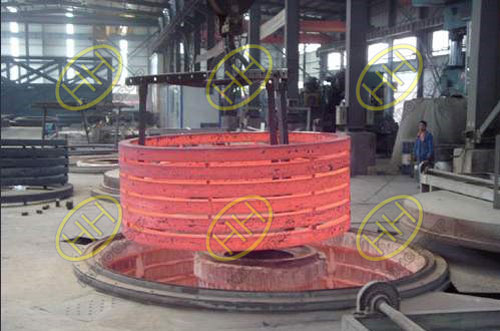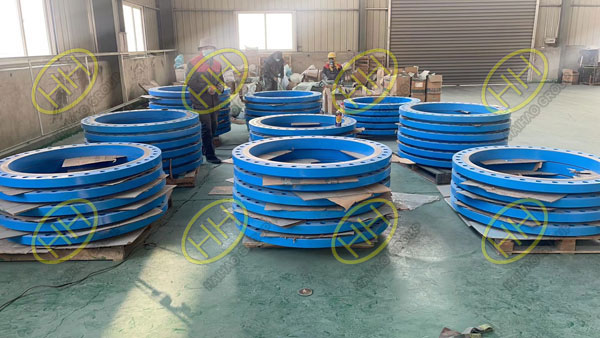Why do forged flanges need heat treatment ?
Flanges, integral components in various industries, demand precise mechanical, physical, and chemical properties. Achieving these properties often requires meticulous material selection and diverse forming techniques, with heat treatment playing a pivotal role. Steel, the most widely used material in the mechanical industry, boasts a complex microstructure, controllable through heat treatment, making it a central focus in metallurgical processes.
Notably, aluminum, copper, magnesium, titanium, and their alloys undergo heat treatment to alter their mechanical, physical, and chemical attributes, tailoring them for diverse applications. Heat treatment processes can be broadly categorized into two main types: preparatory heat treatment and final heat treatment.
Preparatory Heat Treatment:
Annealing and Normalizing:
Employed for hot-worked blanks, annealing and normalizing are used to enhance machinability, eliminate internal stresses, and prepare a favorable metallographic structure.
High carbon steels undergo annealing, reducing hardness for easier machining, while low carbon steels utilize normalizing to prevent excessive softening during cutting.
Aging Treatment:
Primarily used to relieve internal stresses generated during blank manufacturing and mechanical processing.
Precision components may undergo multiple aging treatments to ensure stability in machining accuracy.
Quenching and Tempering:
Quenching involves high-temperature tempering after quenching, resulting in a uniform, refined martensitic structure.
Often employed as a preparatory heat treatment for subsequent surface quenching and nitriding processes.
Final Heat Treatment:
Surface Quenching:
Distinguishing between surface and overall quenching, the former is widely applied due to its reduced deformation, oxidation, and maintenance of internal toughness and impact resistance.
A typical process route involves cutting, forging, normalizing, rough machining, tempering, and surface quenching for precision components.
Carburizing and Quenching:
Ideal for low-carbon and low-alloy steels, carburizing increases carbon content on the surface, allowing for higher hardness while retaining strength, toughness, and ductility in the core.
Carburizing processes are strategically scheduled between rough and semi-precision machining stages to minimize deformation.
Nitriding Treatment:
Nitriding introduces nitrogen atoms into the metal surface, forming a layer of nitrogen compounds, enhancing surface hardness, wear resistance, fatigue strength, and corrosion resistance.
Due to low temperatures and minimal deformation, nitriding is sequenced towards the latter stages of manufacturing, often followed by stress-relieving high-temperature tempering.
In our commitment to excellence, we at Haihao Group understand the critical role heat treatment plays in achieving optimal flange performance. Our comprehensive approach ensures that each flange meets the stringent requirements of your applications, unlocking a harmonious balance between mechanical robustness and application-specific characteristics.
Choose Haihao Group for flanges that embody precision, durability, and a commitment to solving complex challenges. We don’t just supply products; we deliver solutions that elevate your projects to new heights.



